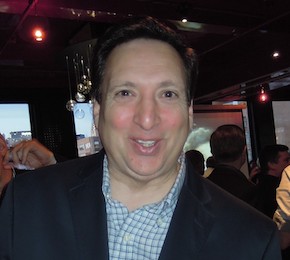* Exemplary HEAA Volunteer Service.

Goals: As a member of the HEAA National Board, I’ve been working closely with local chapter leaders from across the country to help revitalize and develop their chapters. Each of the six chapters is unique, so we have to plan accordingly. This is going well.
The goals are to increase the number of alums engaged, increase the frequency that alums are engaged, and extend the period of alumni engagement. There’s a steep decline in alumni engagement five years after graduation. I can’t promise that the HEAA can do everything for everyone, but we’re working on this problem.
Pilot Projects: I’m planning and organizing two bold, innovative pilot projects for HES alums: 1) Virtual Professional Networking; and 2) a Job Search Support Group. Virtual professional networking looks very promising. The first pilot event was on March 27. Forty-five alums participated resulting in 317 alumni connections. This event was rated 4.7 stars out of 5 stars by participating alums. The second of two pilot virtual professional networking events will be on April 17. We should have a decision on the future of virtual professional networking by June.
The Job Search Support Group is a work in progress. I’m working with several alums to create a pilot program for a small group in the NYC area. We’ll evaluate the level of alumni interest and either kill it or scale it up to include the alumni community as a whole.